The COVID-19 lockdown puts a heavy strain on cash flow management for business owners. Although the ATO has offered the enterprises a one-off cash boost, many businesses find themselves lagged behind the endless bills and overdue invoices. If your business operates on a seasonal or cash flow cycle, having a budget and an accurate cash flow statement can help you plan for the months ahead and identify areas of potential shortfalls. Here are some typical methods to keep track of the cash flow from account receivables and accounts payables.
Accounts Receivables
If your clients regularly pay in 30 to 60 days, then you may need to offer them a discount in exchange for early payment. This can be a great way to get them to agree to a shorter payment term and avoid late fees. You can protect yourself by negotiating the due date or by asking for a different payment method.
It is time to invest in your accounting system if you’re not on top of your invoice. Such a system can help you keep track of all your transactions and provide a more accurate and on-time view of your cash flow. It will save your time and effort for manual bookkeeping.
Selling products or services at a low price are likely to result in losing money. You can determine if you are charging too little by taking a step back and examining the full cost of delivering those goods and services. Remember to check with the market price before ruling out any incremental adjustment.
Accounts Payables
An extended payment cycle is a common strategy to obtain cheap financing. That needs the business owner to negotiate with the creditors with a good strategy and trustworthy credit history. However, poor management of paying on time can be detrimental to your credit score and could ultimately cause you to default.
Many businesses try to cut costs by focusing on the biggest expenses, which are typically core to running a business. Instead, consider cutting non-essential expenses such as cleaning and grounds maintenance.
Use insurance as passive protection on assets. The potential losses, or sometimes known as contingent liability, will be paid by the insurance provider, which converts the intangible risk into several fees. These fees, however, can be included in the tax return.
Others
A line of credit is a great way to manage your cash flow when it’s not working. It is similar to a credit card with a low-interest rate which lets you spend it as soon as possible and pay it back later.
Whether accounts payable or receivable, it is virtual for the business owner to keep a healthy cash flow and avoid liquidity. Eventually, you can do nothing without cash.
Source: Optimizing Cash Flow of Construction Projects through Material Procurement Plans, Mahmoud AbuElnasr, Emad Etman, Haytham Sanad, 2021

